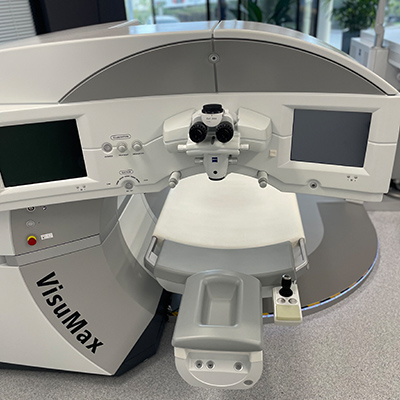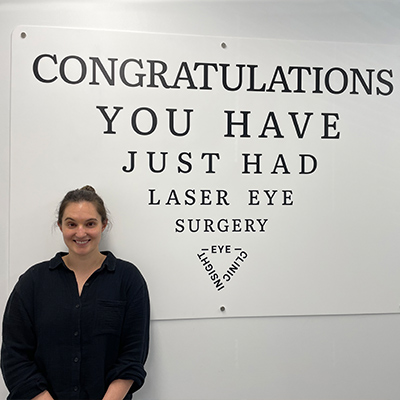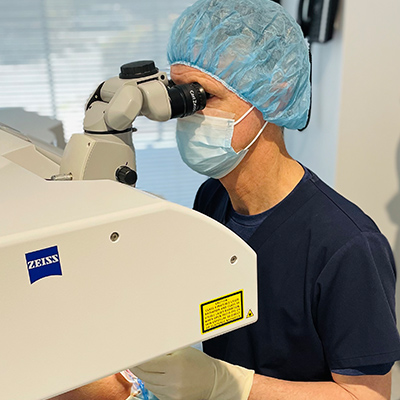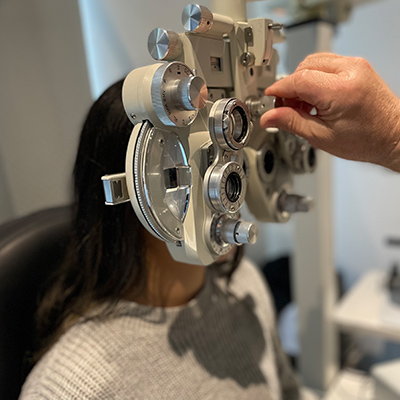Is LASIK Outdated?
With all of the advancements we have been seeing in the world of laser eye surgery, we have to wonder… Is LASIK outdated?
Let’s start by discussing the evolution of laser eye surgery from the early 1980’s until now
The first ever laser eye surgery technique to be successfully performed is called PRK which stands for ‘photorefractive keratectomy’. It was first performed in the early 80’s but was not FDA approved in the US until 1995. This surgical procedure, used to correct people’s vision (short-sight, long-sight & astigmatism), was very effective but lacked the fine-tuning that todays technology offers.
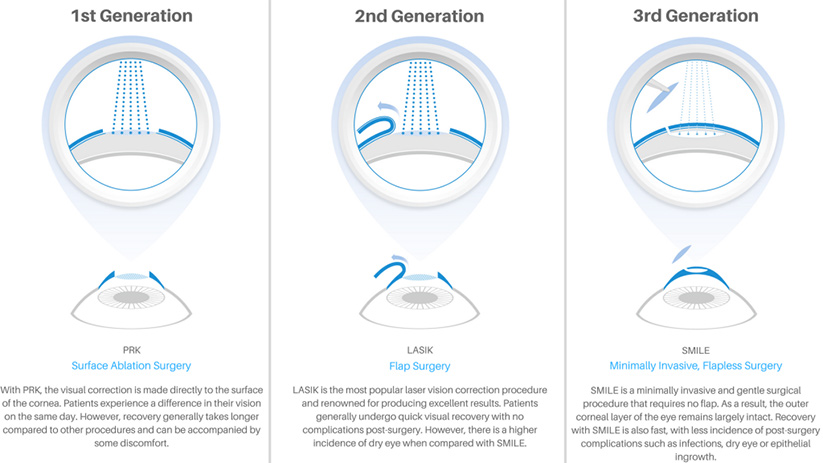
Introducing LASIK – FDA approved as of 1999
Although LASIK has been performed since the mid 90’s in Australia, it was not FDA approved until 1999. This advancement in laser eye surgery saw it go from: PRK, a first generation procedure that could be quite painful and leave patients in a dark room for days afterwards, to a less invasive procedure where patients were able to see and feel pretty good immediately after surgery.
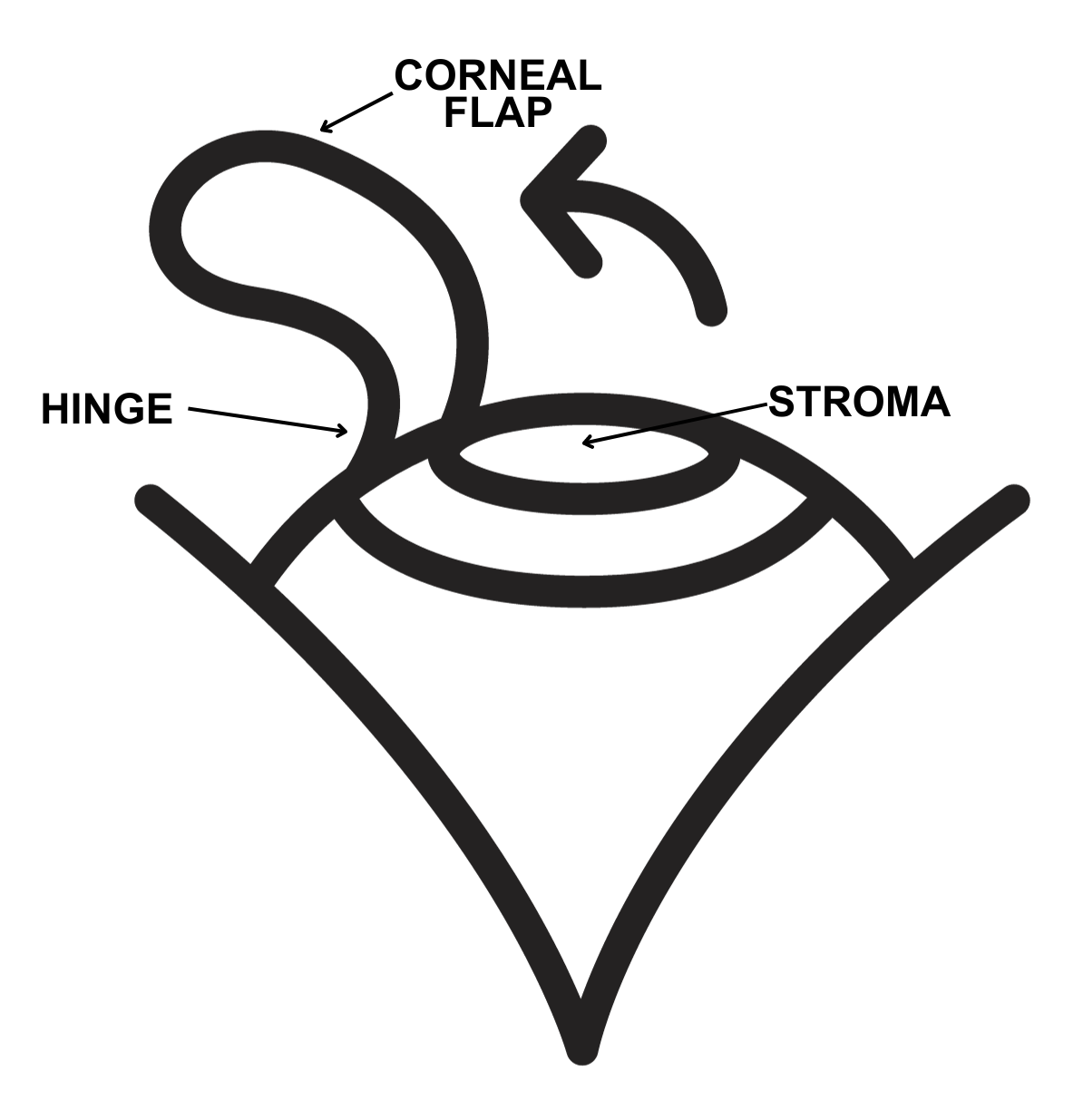 LASIK stands for ‘laser-assisted in situ keratomileusis’. This procedure involves a surgeon creating a flap in the cornea (the clear window on the surface of the eye). By leaving a hinge attached to the flap, the tissue is kept alive and used to help disguise the laser correction that is applied to the exposed stroma (tissue within the corneal layers). By replacing the flap, the brain is tricked into thinking nothing has been done. It is the most organic and affective band-aid possible.
LASIK stands for ‘laser-assisted in situ keratomileusis’. This procedure involves a surgeon creating a flap in the cornea (the clear window on the surface of the eye). By leaving a hinge attached to the flap, the tissue is kept alive and used to help disguise the laser correction that is applied to the exposed stroma (tissue within the corneal layers). By replacing the flap, the brain is tricked into thinking nothing has been done. It is the most organic and affective band-aid possible.
Progressions within LASIK technique
When LASIK was first approved, surgeons used an instrument called a microkeratome to create the flap in the corneal tissue. A microkeratome is essentially a blade and although effective, there were several reasons to update this technique to using a laser to create the flap instead. Around 2005-2006, many surgeons began using a femtosecond laser to create the corneal flap for LASIK instead of the blade/microkeratome. Using a laser meant that the flap could be thinner and more accurate. This allowed for people with higher prescriptions to now be suitable for surgery. It improved visual outcomes, less variations in outcomes and there were lower incidences of post-op complications
Then began the refinements within laser flap creation. Manufacturers took all of the findings, study results & feedback from operating surgeons into consideration to finetune the equipment time and time again.
Advancements such as thinner flap creation, hinge placement and laser energy reduction to avoid post-op complications all meant better and faster results for patients. In today’s fast-paced world, this option was preferred. It meant less time off work for patients and returning to daily life a little faster. There are some activities that are not recommend for up to the first month following surgery (for ex: swimming, contact sports, tennis, skydiving), but nothing that was off limits for much longer.
Third generation SMILE laser eye surgery was introduced in 2014
SMILE laser eye surgery came along and it seemed like every single thing that could be fixed about LASIK, had been. SMILE stands for ‘small incision lenticule extraction’. It is essentially keyhole surgery and that is how it was marketed. A non-invasive procedure with almost zero downtime, even less potential post-op complications than LASIK and could treat even higher prescriptions and astigmatisms. It opened the door for many more patients to have laser eye surgery.

The downside…
SMILE is only suitable for short-sighted patients! Short-sight (myopia) is the most common vision disorder, affecting approximately 40% of the nation. Long-sight (hyperopia) effects only 5-10% of people. The nature of the procedure means that it is not currently possible for a lenticule to be created for long-sight. There continue to be talks about expanding SMILE’s reach to long-sighted patients but we do not have an expected timeframe for this just yet.
So… Is LASIK Outdated?
Let us return to our original conundrum. The answer has to be NO! LASIK is not outdated. LASIK still provides fantastic outcomes and continues to boast up to date technology for amazing results following surgery. Besides PRK, which as we have discussed, is not the primary go to procedure, it is the only effective laser eye procedure for long-sight/hyperopia.
Other surgery types for long-sight (hyperopia)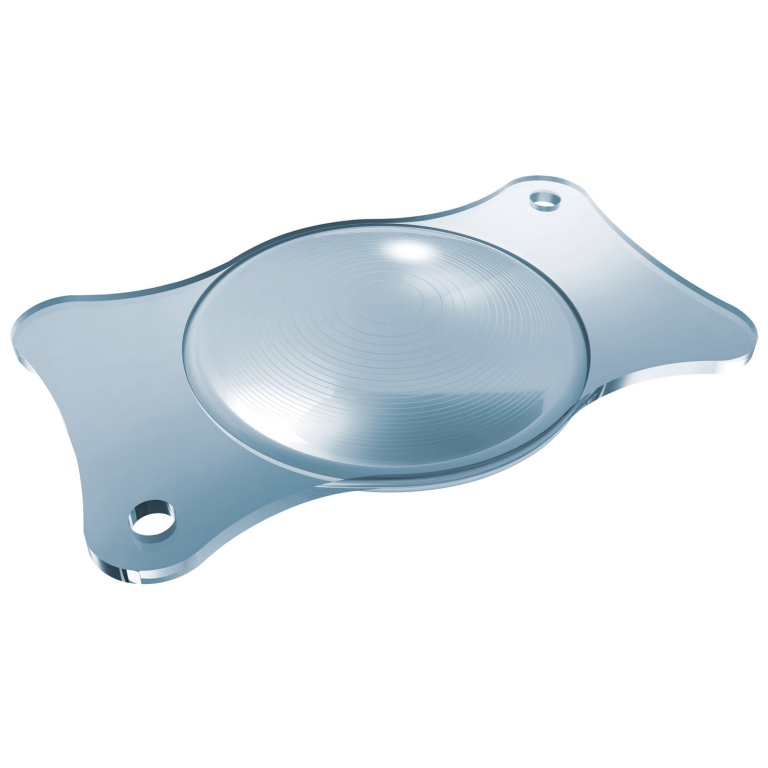
Other suitable surgical recommendations to correct long-sight are: ICL (implantable contact lenses) or RLE (refractive lens exchange). RLE is usually recommended in patients aged 45 or older but in special cases, can be used for long-sighted patients under 45 where laser eye surgery and ICL are not suitable to the patient. ICL is the first port of call for patients not suitable for laser eye surgery and below the age of 40-45 years.
Be mindful of what clinic you choose… transparency is key
 At Insight Eye Clinic, we believe a transparent approach is the best way to achieve trust with our patients. We understand how important it is to build a good relationship with your eye surgeon before your treatment date. Insight Eye Clinic offer a surgeon consultation only to ensure the most accurate possible measurements are taken and that all the scans performed are as accurate as possible. Highly trained staff will ensure a smooth journey from your first appointment to your last appointment with minimal effort required on your part. A friendly clinic in the heart of Subiaco, WA, is the most accessible location for patients; making appointments quick and easy!
At Insight Eye Clinic, we believe a transparent approach is the best way to achieve trust with our patients. We understand how important it is to build a good relationship with your eye surgeon before your treatment date. Insight Eye Clinic offer a surgeon consultation only to ensure the most accurate possible measurements are taken and that all the scans performed are as accurate as possible. Highly trained staff will ensure a smooth journey from your first appointment to your last appointment with minimal effort required on your part. A friendly clinic in the heart of Subiaco, WA, is the most accessible location for patients; making appointments quick and easy!




 Dr Graham Furness –
Dr Graham Furness –
